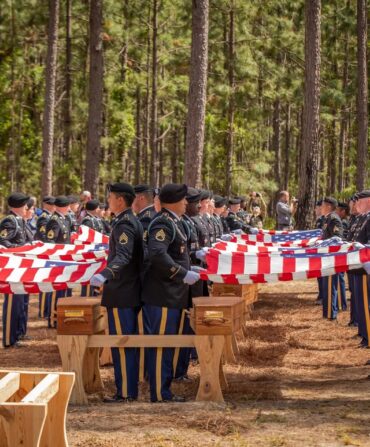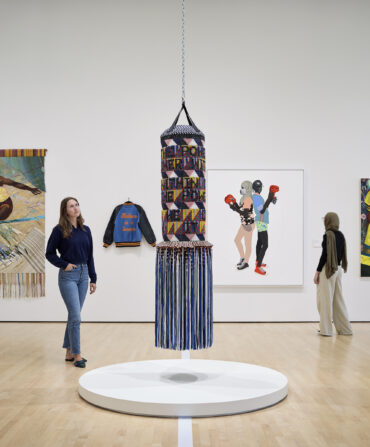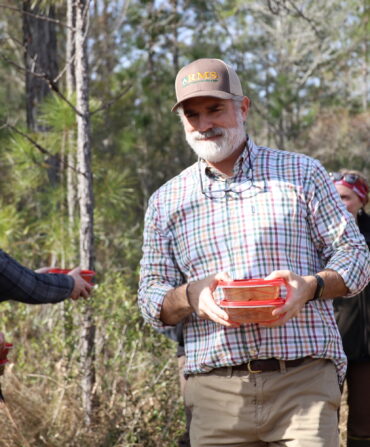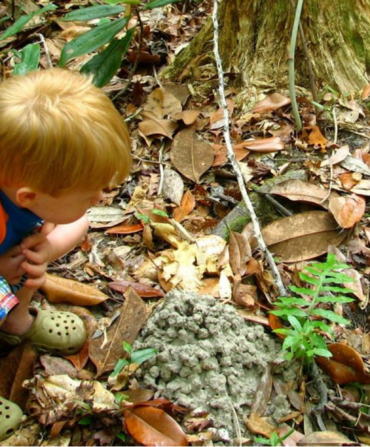My friend in Florida has a cat. She doesn’t think she has a cat, but she most definitely has a cat. The cat is black and white, skinny and small. It showed up on her flagstone patio three months ago, and in the last photo she texted me, it was sitting pretty on top of a blue heating pad, on top of a white bath towel, on top of a saffron herringbone ottoman in the center of her living room. She named the cat Tom, because for months it sat on her windowsills and pressed its nose to the glass like a Peeping Tom. She fed it, made a shelter for it, and ultimately gained its trust so that she could get it into a carrier and to the vet to get its shots and get dewormed.
A lot of my Southern lady friends will go to great lengths to rescue stray animals.

My friend Laura in Athens, Georgia, says, “I try to catch strays any time I can. If it runs by my window at the house, darts in front of my car, or I see it anywhere, I’m stopping and getting it!”
My friends have found cats and dogs (or as they all say, the animals found them) in mall parking lots, storm drains, dumpsters, and neighboring yards after the neighbors moved out; on college campuses after college kids moved out; and wandering around the Piggly Wiggly with no owner in sight. Last year, my friend Ellen took a stray cat home from a grown-ass ladies’ trip to the mountains in Dahlonega, Georgia. Rescuing the cat turned into a grown-ass ladies’ group effort that involved a cat carrier, “calming meds,” and an hour-and-a-half road trip back to Atlanta.
Ellen said, “It was an interesting ride in the car, since she was riding in the back seat with Vicki.” Interesting is Southern Lady Code for the cat got out of the bag at seventy-five miles an hour.
None of this is more astounding than the Alabama secret squirrel network.
It’s illegal to raise wildlife, but what would you do if after one of those quick and dirty summer storms, you found a baby squirrel—out of its nest, eyes barely opened, crying in your backyard?
My friend Laurie in Tuscaloosa scooped that baby up in one hand, syringe-fed it Fox Valley squirrel powder formula, bought it a tiny teddy bear for snuggling, named it Snoopy, and patiently taught it to shell pecans. Laurie’s husband built it a sanctuary in their garage. I have seen this construction—three stories and complete with climbing poles—and it looks like something French clowns loop the loop through in Cirque du Soleil.
“That man loves you,” I told her.
Laurie laughed. She said, “We released Snoopy at sixteen weeks. He flew straight up the big maple tree—poof!”
In New York City, the only rescue opportunity I’ve had is the time I stopped our super from removing a pigeon’s nest from under our air conditioner. I’ll admit the “flying rats” aren’t much to look at, sound like Wobble Wag Giggle Balls, and drip-paint the prewar limestone with their waste, but they are not going to be kicked out on my watch.
But just what is it that draws us to help helpless animals?
My sister says, “I like broken things.” She’s chosen Onion, a cat with one eye, and Pickles, a cat with what can best be described as a lobster foot. She and her family have fixed them with love. And like a drug, their pets’ returned love provides them with a fix.
Some of us chase this high trying to fix broken men.
Laura says, “When I was a teen, my dad said I took in ‘strays,’ referring to my boyfriends. He said I needed to set higher standards for myself. I stopped dating ‘strays’ about twelve years ago because I could see the red flags before they even opened their mouths.”
“Such as?” I asked.
“Big container of cheese balls in their profile pic.”
Laura eventually found a companion who treats strays for a living—she married a veterinarian.
I think our savior complex stems from the hope that if we ever find ourselves hurt and abandoned, someone will save us. But I’m not talking about a prince riding in on a white horse. No, we want the horse. We kiss the frogs, move in with the bears, and sing to the birds perched on our fingers. We make our own fairy tales. It’s women like us who do the saving.








